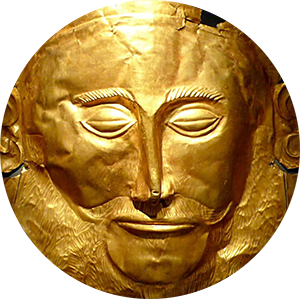Archaeologist Jorrit Kelder of the University of Hamburg believes that artists in the Hittite Empire, which ruled over Anatolia (modern Turkey) from about 1600 to 1200 B.C. from its capital at Hattusha, also created statues of deities out of both wood and precious materials that have since disappeared. He suggests that this silver fist, which for decades archaeologists have identified as a rhyton, a type of ritual vessel used for libations, may actually have been part of a life-size statue of the Hittite weather god, Tarhuna. “I’m very interested in challenging certitudes in our field that have been repeated so often and have never really been questioned since they were first proposed, and have since become facts in the archaeological narrative,” says Kelder. “The identification of the fist as a vessel struck me this way.”
deleted by creator

